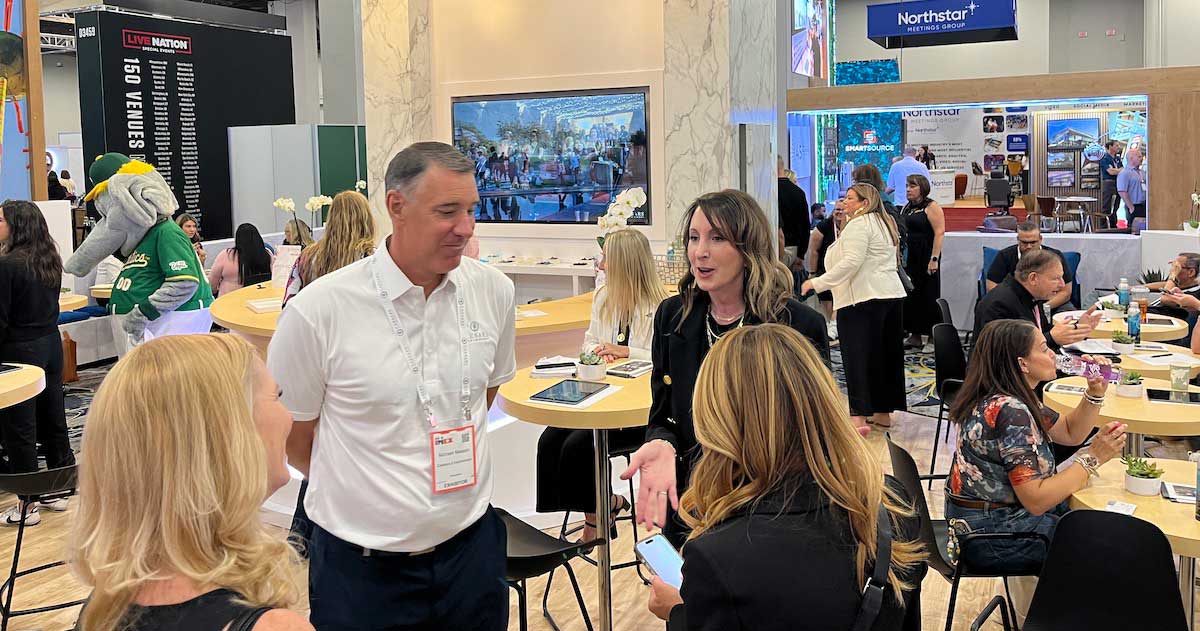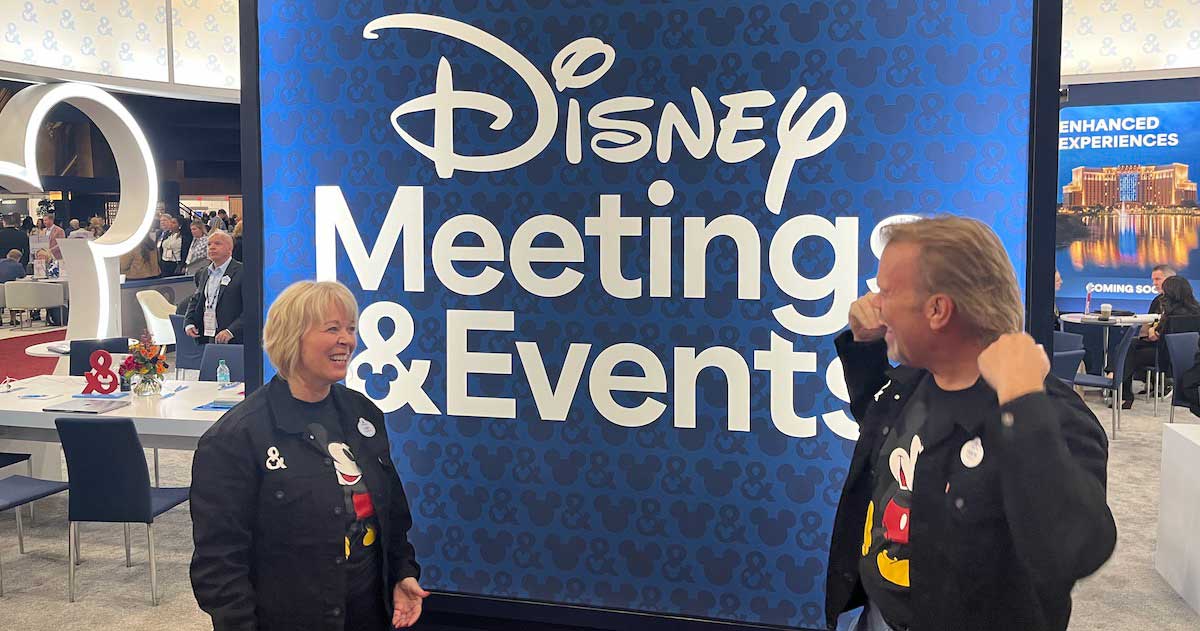Anything one CVB can do, three can do better—especially when they work together. That’s the idea behind these destination alliances—partnerships in which trios of cities in the U.S. and Canada have joined forces to pool their resources and capture more business from groups who rotate annual meetings across the continent.
Three City Collective
The pioneer in this concept is the Three City Collective, a partnership formed between VISIT Milwaukee, VisitPITTSBURGH and Travel Portland (Ore.) in 2004. The program offers financial incentives for customers as well as coordinated efforts between each bureau’s sales and service team.
Aimed primarily at associations who routinely rotate between the eastern, western and midwestern sections of the U.S., the partnership has brought multiple benefits for cities and planners alike, according to Laura Lutter Cole (MPI Wisconsin Chapter), convention sales manager for VISIT Milwaukee.
What makes it work is that the three cities, despite their far-flung geographic locations, have much in common as convention destinations, she says.
“Our convention centers are all of similar size and we all offer sufficient hotel inventory to provide at least 1,100 to 1,500 rooms on peak nights,” Cole says. “Added to that, we’re all located on rivers, giving attendees options for activities like urban kayaking and dinner cruises. We’re all very easy to navigate, offering walkable downtowns and great public transportation, so there’s no need to worry about parking or driving.”
Groups who book a multi-year event through the Three City Collective receive a financial incentive of up to US$3 per room night to use how they wish. Perhaps just as big a benefit is the convenience and improved service that comes through the coordinated sales and service efforts, according to Cole.
“When a group holds an event in one city, it gives all three of us a chance to learn about their practices,” she says. “This information helps us anticipate their high-touch needs and promote consistency through all the events. We’re in a better position to exceed their expectations.”
For the bureaus, the alliance has greatly leveraged each city’s ability to gain a much bigger presence at meeting industry conventions and trade shows than it could on its own, Cole adds.
“We can sponsor receptions and other events that we could never afford to do on our own,” she says. “We save not only money, but manpower. We’re also able to create a lot more brand awareness than we could separately. At trade shows we set up our booths in a corner together, so planners who come to meet with Pittsburgh can easily talk to all three of us. We collaborate and introduce people to each other.”
In outreach to meeting planners, the three bureaus have gotten creative over the years, including co-hosting an elegant afternoon tea at the Drake Hotel in Chicago and a wreath-decorating workshop at the Mayflower Hotel in Washington, D.C. The alliance has also included collaboration on meeting planner FAM trips.
“Often when we host a FAM trip for clients in one city, we’ll invite sales reps from the other cities to join in,” Cole says. “It not only helps with exposure, but we learn more about the other cities in the alliance, including what we have in common.”
Heading into its 16th year, Cole sees the Three City Collective as more important than ever, given that Milwaukee, Portland and Pittsburgh all have major new or upcoming developments geared for meetings. Set to break ground in 2021 is an expansion of Milwaukee’s Wisconsin Center, which will double the size of the facility. In Portland, a long-anticipated headquarters hotel, the 600-room Hyatt Regency Portland, at the Oregon Convention Center opened in December. In Pittsburgh, a new performing arts center, the Pittsburgh Playhouse, is an event-friendly venue option.
“We’re all growing together, which gives us more to build upon,” Cole says. “It’s always exciting to talk about what’s new—and we have triple the opportunities to do this.”
Synchronicities
Synchronicities, an alliance between the CVBs of San Antonio, Baltimore and Anaheim (Calif.), was formed in 2014, but the three cities already had a strong history of working together before that, according to Mario Bass, vice president of sales and services for Visit San Antonio.
“We’re friends and industry colleagues with similar goals in hosting groups who do a three-year rotation throughout the U.S.,” he says. “So it lent itself to having discussions on how we can provide more for the customer through a strategic initiative. Rather than just cheer each other on, we decided to brand it and put resources into getting the word out.”
Another factor that led to the partnership is that the three cities complement each other, each offering a distinct cultural experience for attendees reflective of the destination, according to Bass.
The alliance has brought a range of benefits, including the ability for the cities to make marketing dollars go further by co-sponsoring events, Bass says. It also enables each city to triple its sales efforts and customer engagement.
“Instead of having one sales team talking about your destination, you have two other DMOs who are fully versed on what your value proposition is,” he says. “It’s a reciprocal model. We can speak with a high level of acumen on what Anaheim and Baltimore have to offer and they can do the same for us.”
Bass credits Synchronicities with directly generating 18 conventions and 200,000 room nights for San Antonio, but believes it is likely that the impact extends beyond that.
“Any type of positive promotion that’s put there is a good thing,” he says.
While some groups, including the National Postal Forum—which met in Anaheim, Baltimore and San Antonio during 2015, 2017 and 2018, respectively—have booked all three cities, that’s not a requirement. According to Bass, customers can book with just one city, although the majority book two of the cities through the program.
Rather than offering a set cash booking incentive, Synchronicities takes a customized approach.
“One planner might want a discounted convention center rental, while another might want a compelling offsite opportunity,” Bass says. “It’s tailored to their individual needs.”
For planners, Bass says the biggest advantage is convenience and better service.
“The transfer of knowledge that happens between the cities is a huge advantage,” he says. “When a group books one destination, our teams are sharing the information. What went well? What could have gone better? What are the hot buttons for that association? You’re not starting from scratch when you go on to the next destination.”
Cities in Synch
Impressed by what she learned about city alliances in the U.S., Candace Schierling (MPI Ottawa Chapter), director of national sales for Tourism Saskatoon, thought the concept could also work for the Canadian association market. As a result, Cities in Synch, a trans-Canada partnership between Victoria (British Columba), Saskatoon (Saskatchewan) and St. John’s (Newfoundland and Labrador) launched in 2016.
As is true with its U.S. counterparts, Cities in Synch is comprised of three cities of similar size and capacity for meetings.
“We’re all up-and-coming cities attracting people looking for new destinations,” Schierling says. “We all offer a youthful vibe, with a lot of music and special events happening.”
Since launching, Cities in Synch has made a few tweaks to fit the particular needs of Canadian associations, which are often required to meet in Ontario every other year.
“So instead of the three-year rotation, we now we offer groups the option of a five-year rotation as well,” Schierling says.
Clients who book through Cities in Synch are eligible for a cash incentive, which varies according to the time of year and other factors.
“Planners who are flexible get the best value,” Schierling says. “Since the cities are in communication with each other, we can offer groups the best rates and best timing for each particular city. If Saskatoon is not available in 2020, we can steer them to one of the other cities and get them to come to us during a better year.”
The coordination among the Cities in Synch is resonating well with clients rotating between the destinations, according to Schierling.
“Planners like the fact that it’s a one-stop shop—you can submit one RFP for different years and get one bid back from the different cities,” she says. “Another advantage is cross-promotion for the meeting. For example, when the Canadian Housing and Renewal Association met in Victoria, we were able to work with the Victoria DMO to promote their next conference in Saskatoon. In turn, we will help with promotion when they meet in St. John’s.”
As is true with the other alliances, the ability to leverage marketing dollars for co-sponsorship of events at industry conferences and trade shows is another benefit. Another has been the chance to gain knowledge through sharing best practices.
“Last year we had the chance to job shadow one another,” Schierling says. “I went to Victoria and spent the week with the DMOs, going to site visits and meetings. They did the same in Saskatoon. We’re learning from each other.”
Photo courtesy Visit San Antonio.







